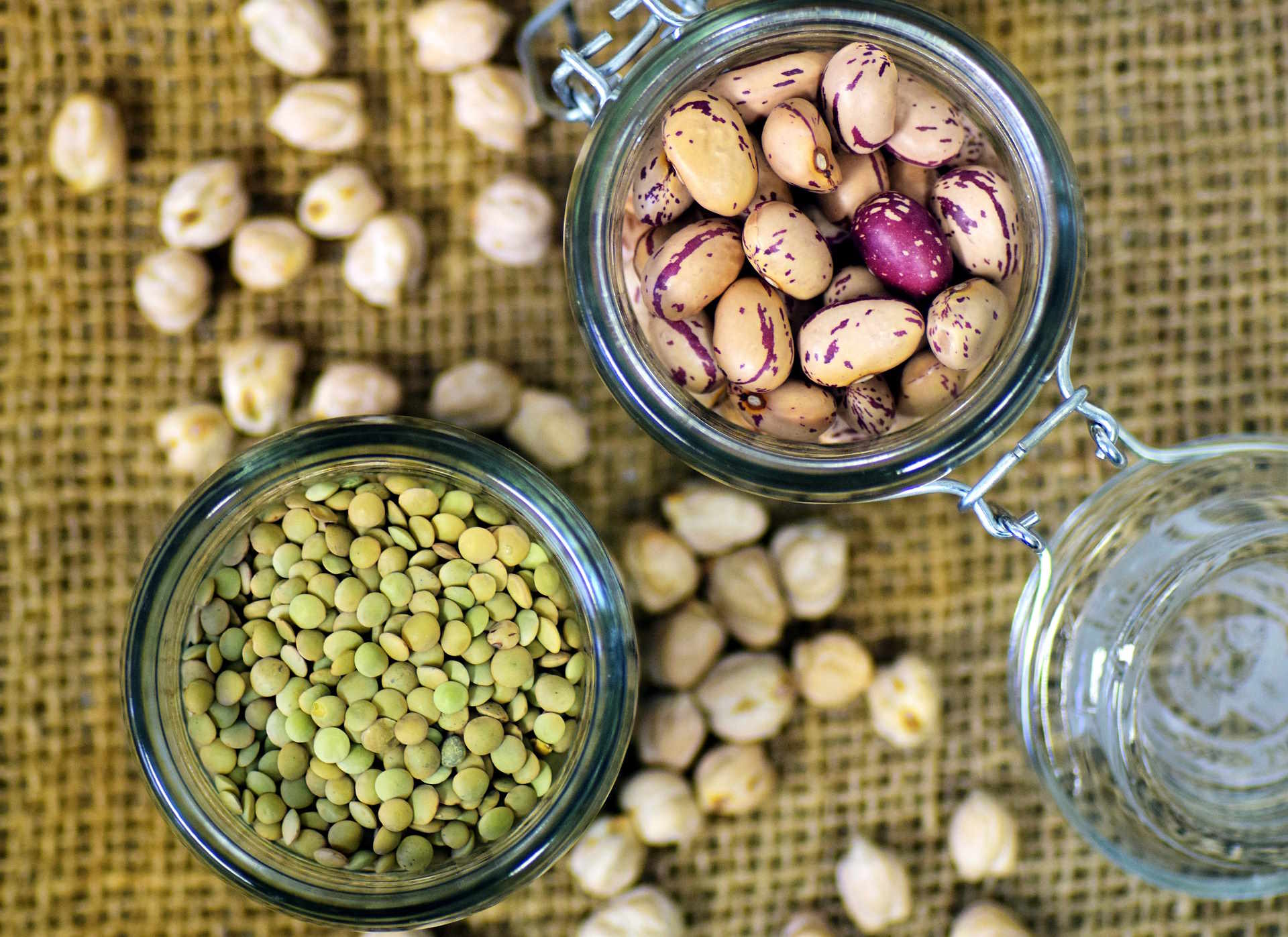How to scale recipes for gatherings of any size
Scaling recipes lets you serve reliably whether you have a handful of friends or a crowd. This teaser previews practical approaches to menu planning, portion math, and sensible shortcuts so cooks can spend less time guessing and more time enjoying the event.
Scaling recipes for gatherings requires clear planning, simple math, and sensible choices about what to make from scratch. Whether you are hosting a traditional holiday meal or a casual buffet, organized menu planning and a realistic timeline reduce last-minute stress. This article covers considerations for guests and servings, options for vegetarian and vegan dishes, where to source ingredients, budgeting insights, and practical shortcuts that preserve quality while saving time. The goal is to make recipes repeatable and flexible so food tastes great at any scale.
How do I plan menu and timeline for guests?
Start by defining the number of guests and the style of service—plated, family-style, or buffet. Create a menu that balances prep-ahead dishes with items best finished just before serving. Build a timeline that works backward from serving time: note oven schedules, resting times for proteins, and when salads or cold sides must be dressed. Include buffer windows for traffic or delays. Assign tasks if others are helping, and label prep trays with times and reheating instructions so everyone knows their role during the event.
How to scale recipes and manage seating?
Convert single-recipe yields into per-person amounts by using a simple multiplier: decide on a serving size for each dish, then multiply by expected diners plus a safety margin (usually 5–15%). For proteins, 6–8 ounces cooked per adult is common; sides vary by type but plan smaller portions if you offer many options. Consider seating flow alongside serving style—buffet lines need space and a one-way path, while family-style requires larger tables but fewer trips. Holding bins or warming trays help maintain temperature when serving large groups.
How to include vegetarian and vegan options?
Offer at least two hearty plant-based dishes so vegetarian and vegan guests have satisfying choices rather than just a token side. Dishes with legumes, grains, or roasted vegetables provide texture and protein; clearly label items and keep dressings or sauces separate to avoid cross-contamination. When scaling, prioritize flexible recipes—grain salads or braised vegetable platters multiply predictably and can often be served at room temperature, reducing last-minute stove and oven needs.
How to coordinate desserts and beverages?
Desserts and beverages scale differently: cakes or pies can be cut into more pieces with smaller slices, while desserts in jars or bars scale linearly. For beverages, plan a mix of alcoholic and non-alcoholic options and estimate about 1–2 drinks per hour per guest. Offer self-serve beverage stations to reduce server workload and keep glassware manageable. When scaling dessert recipes, consider chilled or no-bake options that can be finished ahead and stored, freeing oven space for mains.
How to use shortcuts and manage leftovers?
Smart shortcuts include using prepped ingredients (store-bought pie crusts, pre-cubed squash), partially preparing elements earlier, and grouping similar cooking steps to save time. Label containers with reheating instructions and final assembly steps to help helpers. Plan for leftovers by providing disposable containers and guidance on refrigeration timing; cool hot foods promptly to meet safety guidelines. Repurposing extras—turning roast into sandwiches or vegetables into soups—minimizes waste and stretches the effort of cooking for large groups.
| Product/Service | Provider | Cost Estimation |
|---|---|---|
| Bulk turkey (per lb) | Costco | $1.30–$2.50 per lb (estimate) |
| Bulk staples (flour, sugar) | Walmart | $10–$30 per large bag/package (estimate) |
| Prepared party trays (sides) | Whole Foods | $30–$80 per tray depending on item (estimate) |
| Grocery delivery/pickup | Instacart | Service fees $5–$20+, markups may apply (estimate) |
Prices, rates, or cost estimates mentioned in this article are based on the latest available information but may change over time. Independent research is advised before making financial decisions.
Sourcing, budgeting, and sustainability considerations
When scaling for many people, source staples in bulk and gather a mix of perishable and shelf-stable items. Compare local services and stores for quantity discounts and check if your local suppliers offer party-size options. Factor budgetary trade-offs: buying a whole protein and roasting it usually lowers per-plate cost compared with individually prepared portions, while prepared sides or catering reduce labor but increase expense. Keep sustainability in mind by choosing seasonal produce, minimizing single-use plastics, and planning accurate portions to reduce food waste.
Conclusion
Scaling recipes successfully blends careful menu planning, realistic timelines, and flexible sourcing. Prioritize dishes that hold well, use sensible multipliers for portions, and include clear labels and reheating notes to keep helpers coordinated. Thoughtful vegetarian and vegan options, manageable dessert and beverage plans, and intentional shortcuts let you serve gatherings of any size while preserving quality and minimizing waste.







